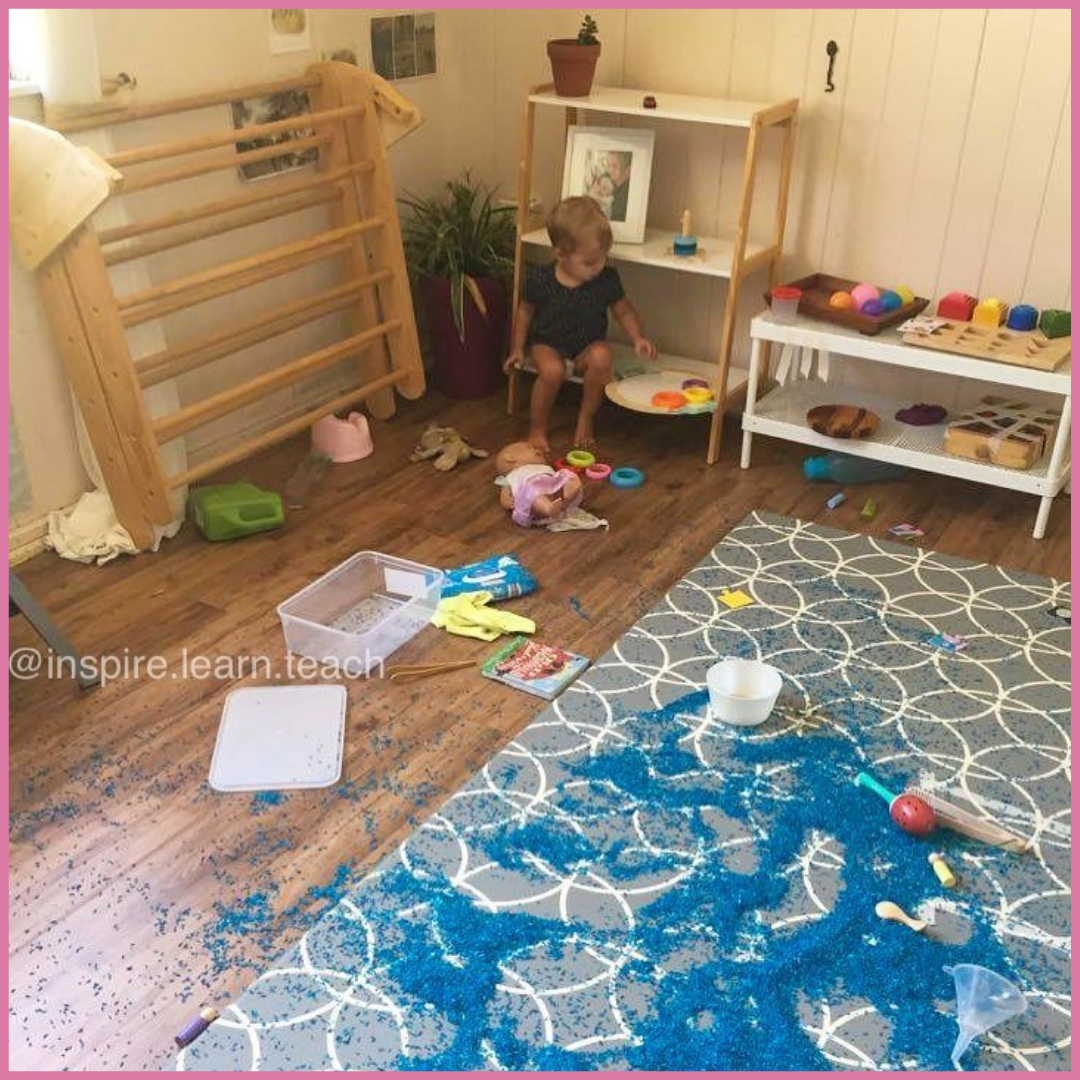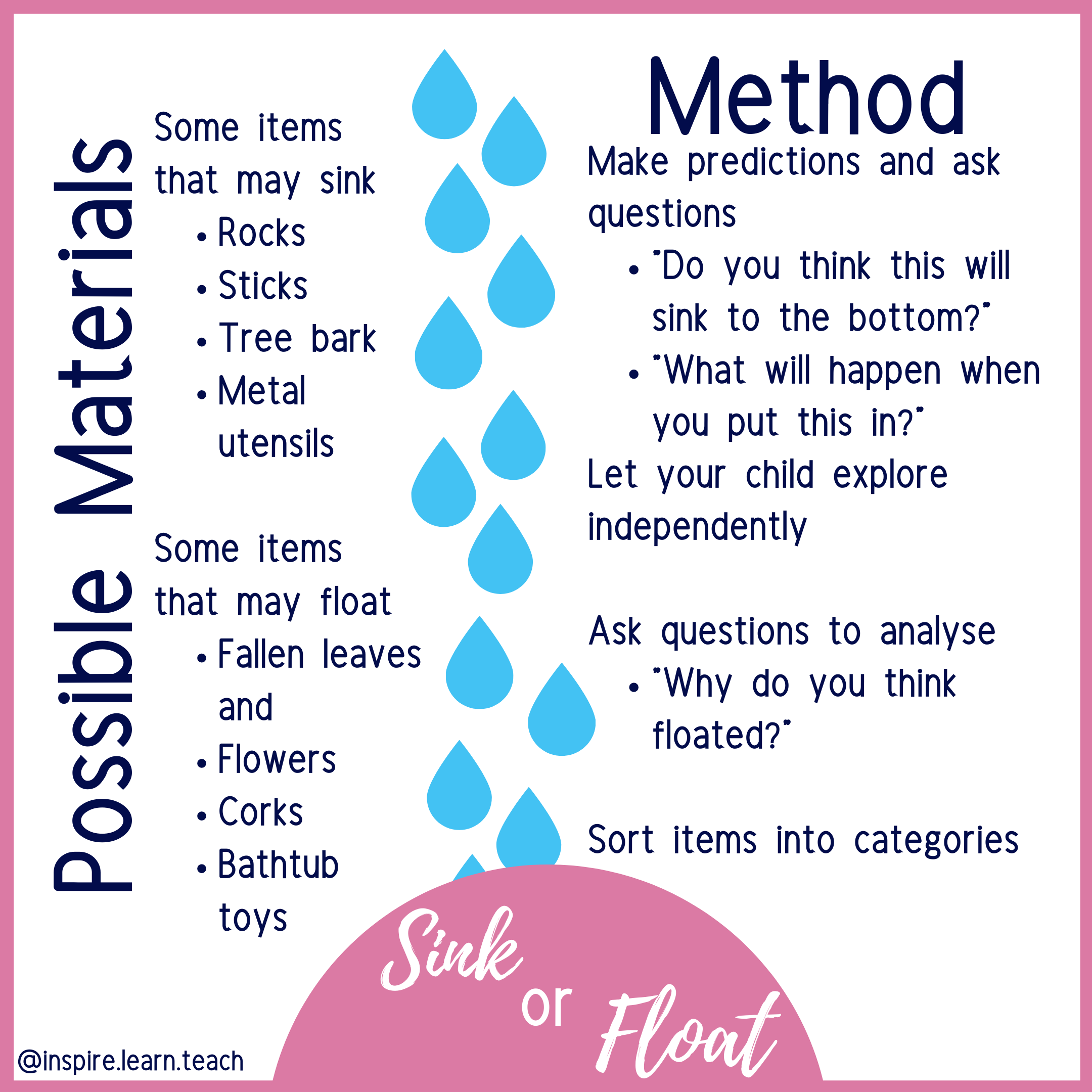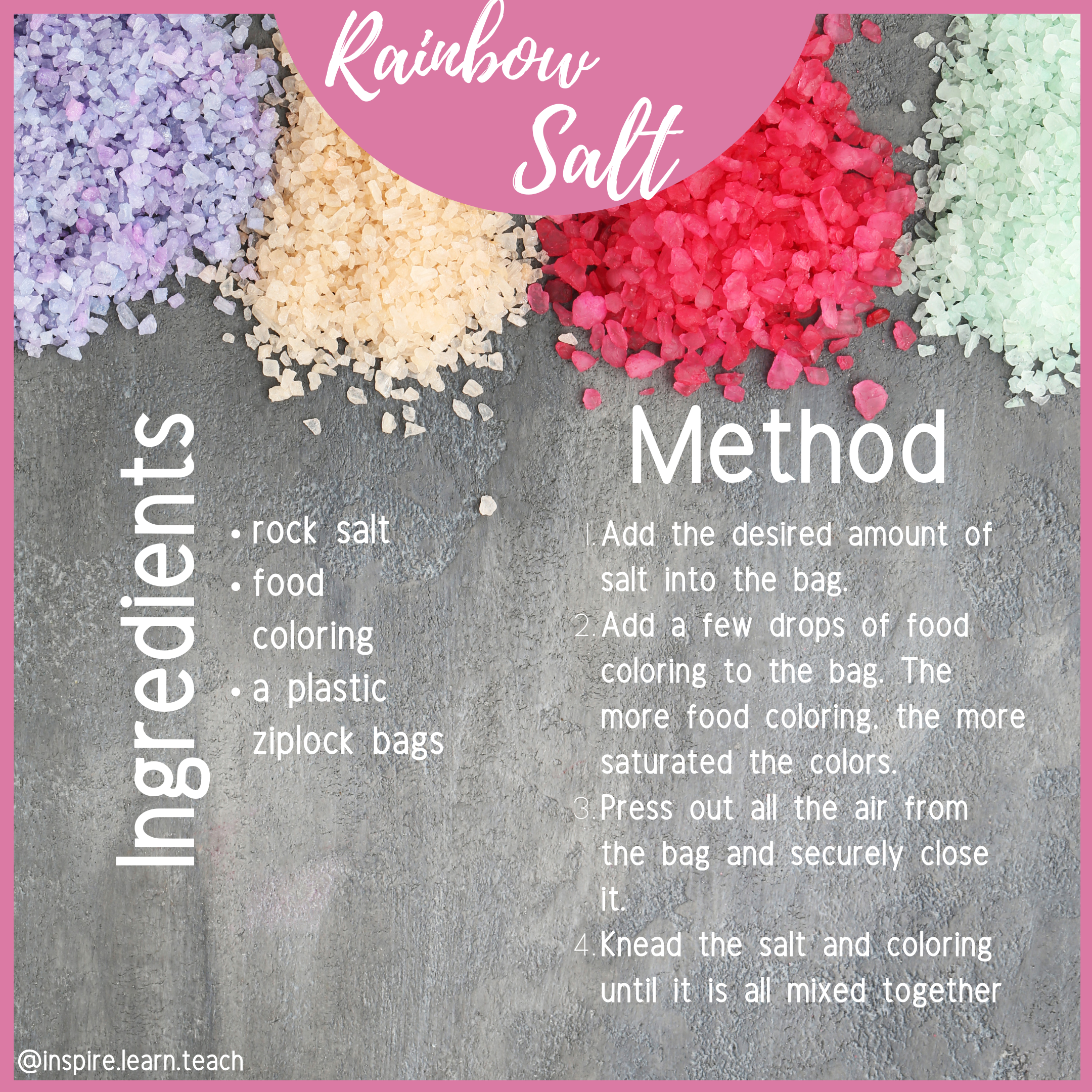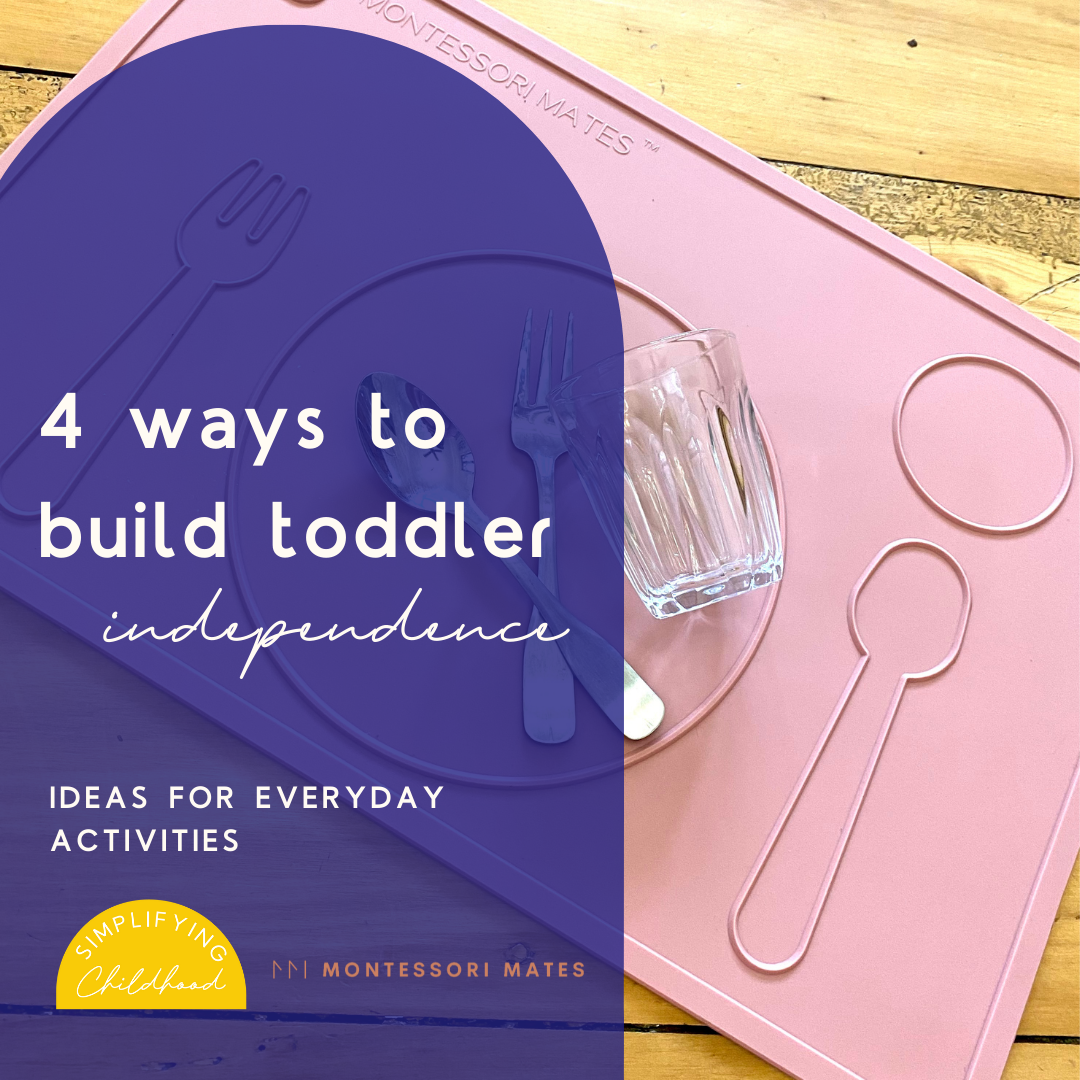Sensory Play Ideas for Toddlers
What is Sensory Play?.
Sensory play doesnt need to be extensive play set ups, rather it is anything that engages the child’s five senses; touch, taste, sight, sound, and smell. According to ABC “Sensory play can also incorporate the less frequently mentioned senses such as movement and balance.”
When a child is born, their senses aren’t fully developed, and it is through sensory play that children develop an understanding of the worl around them. Sensory benefits can be found in so many play set ups as it is any play that involves sensory input, this is not about complicated ideas that take hours to set up, rather focusing in on the senses in simple set ups.
1. Tactile Sensory Play
Tactile sensory play is about engaging the hands to learn about pressure, temperature, texture. Think of things like, playdough, sensory rice, ooblec. This is about getting your hands in and getting messy.
2. Vestibular Sensory Play
This is key in our house, anything to swing, roll, jump, hang. The vestibular system is located in the inner ear and is focused on developing balance and movement. Activities to develop this include, swings, jumping from a height, balance beams, balancing on one foot.
3. Proprioception Sensory Play
Perception or awareness of the position and movement of the body within space, consider how you know where your arms and legs are without even looking. Build this spatial awarness through pushing, pulling, jumping, running within a space.
4. Auditory Sensory Play
Give your child a wooden spoon and a saucepan and you’ll see how they explore sound through play. This is banging, crashing, listening, singing. Listen to how rice sounds as you drop it from a height, listen to the squelch of ooblec in between your fingers, the sound of your feet stomping in puddles of mud.
5. Visual Sensory Play
Visual sensory play helps to develop your child’s vision and sight. Consider the way colours interact as you paint, how a paper play flies through the air, or the colour disperses in the milk experiment.
6. Olfactory and Taste Sensory Play
Smell the flowers, taste new foods. Mix in essential oils into your playdough. Building the smell and taste senses can be harder and cooking is where this key with toddlers, developing this can be through real life activities mixed in with play.
Benefits of Sensory Play
Here are 5 reasons why sensory play is beneficial:
Research shows that sensory play builds nerve connections within the brain architecture
Sensory play supports language development, cognitive growth, fine and gross motor skills, problem solving skills, and social interaction.
Builds memory through linking experiences with the senses
Sensory play is great for calming and mindfulness activities
This helps children learn sensory attributes (hot, cold, sticky, dry)
Handling the Mess
A messy play always turns things of its head! Have you ever avoided sensory play as you don’t want to deal with the mess? Be honest! I know I avoid sensory play at times, I avoide the mess, the set up and the effort. But on the flip side, sensory play is so quick to set up and we always get a number of minutes on independent play which allows me to have a hot coffee, so it is so worth it! The key for me is; don’t be afraid to move furniture, swap some toys, move where you play or stop it all together
Things we do to keep the mess at bay:
Have a defined space for the sensory base, a small mat works for us
Remind them of the boundary at the start and during play
Less stuff = more concentration you don’t need to add lots of extras as that adds more to clean
Clean yo together and make this part of the routine
If all else fails move it outside
Sensory Play Ideas
Cloud Dough
Cloud dough (sometimes be called Moon Sand) is a homemade mixture used for sensory play experiences. The consistency of cloud dough can be powdery like flour and also mouldable, a bit like damp sand. To make cloud dough mix 4 cups of flour with about 1/2 cup of oil, in mixing add the oil slowly to ensure you have a consistency that when squished clumps together. Please always supervise young children around things that they may place into their mouths. Both flour and oil should not be ingested.
Sink or Float
This is great introduction to science and simple to try with toddlers but able to be extended with older children.
Some items that may float
Fallen leaves and
Flowers
Corks
Bathtub toys
Some items that may sink
Rocks
Sticks
Tree bark
Metal utensils
Make predictions and ask questions
"What will happen when you put this in?"
“Do you think this will sink to the bottom?”
Let your child explore independently
Ask questions to analyse
"Why do you think floated?"
Sort items into categories
Rainbow Salt
This provides a different texture to rainbow rice and is finer so more suited to older children. Setting this up can be as simple as placing out with some spoons, funnels and containers.
To extend this you can place the salt in a shallow tray and use it to write letters or numbers with. This provides sensory input to children as they learn to write. To practice writing you can also provide a paintbrush, stick, chopsticks, feather or something similar for them to use to write with.
Magic Milk
Magic milk was so quick to set up and so fun
Cover a shallow container with milk
Add a few drops of food colouring
Dip a cotton bud in washing liquid and then into the middle of the coloured dots
This was provided so much entertainment and we enjoyed playing with it. Be mindful that too much food colouring means that this wont last as long or create an effective visual.





















